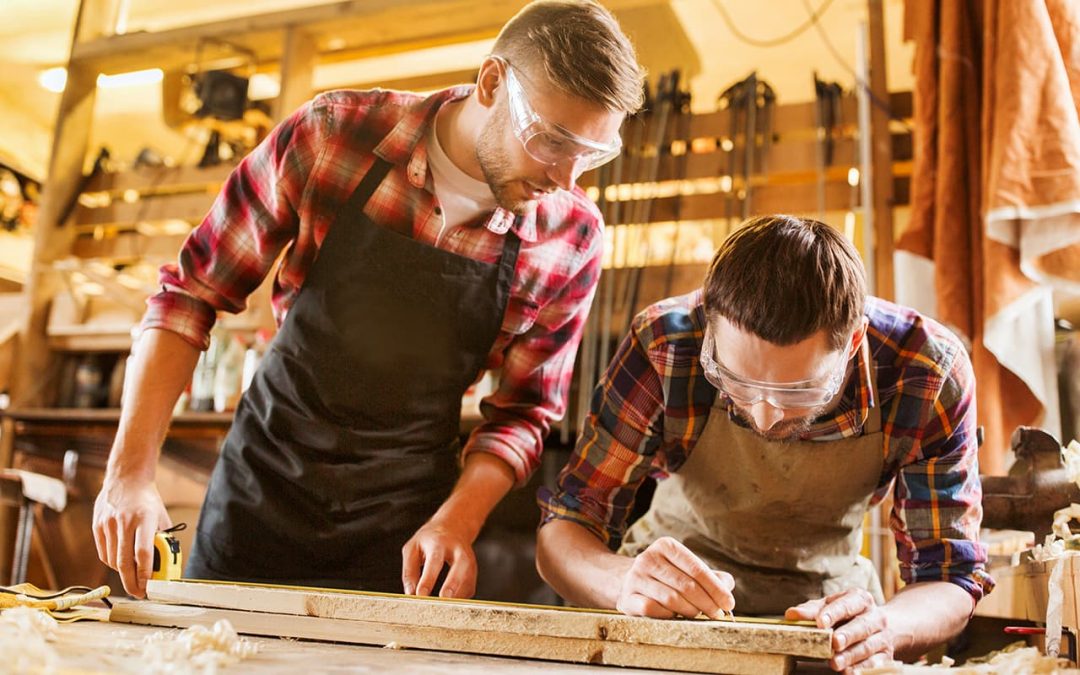Don’t worry if you’re still a bit fuzzy about what a makerspace is. It’s taken a while for the concept to catch on, and even a bit longer for a consensus about what it is to be reached.
In general terms, a makerspace is a collaborative workspace where people of all ages can come to learn about and get hands-on experience with everything from high-tech to no-tech tools. Often, they’re set up as education annexes – but a growing number of makerspaces are being set up by private individuals or companies.
What Makerspaces Offer
High-tech makerspaces give the average person access to equipment like laser cutters, 3D printers, CNC machines. Other makerspaces aim toward the middle and offer access to things ranging from soldering irons, woodworking equipment, and sewing machines.
Some makerspaces are more art-oriented and feature these types of materials. Other makerspaces are all about teaching people to think and expand creativity. Here you’ll find everything from cardboard boxes and Legos to computers loaded with the latest version of high-end software.
What Makerspaces Accomplish
The goal of makerspaces is to help people explore the maker mindset. It helps both children and adults understand and identify the skills they need to develop to design and create things. Experts either donate their time and expertise, or they’re hired, to help prepare us for the critical 21st century skills in the fields of science, technology, engineering, and math (STEM).
These experts share hands-on knowledge about thinking skills and using the assets available so that people of any age can decide if they want to pursue things – either as a career or as a hobby. Think about it. Let’s say you’re an adult interested in woodworking. Wouldn’t you rather spend some time at a makerspace and try out the machinery involved in the hobby before investing in purchases?
Space for Makerspaces
Makerspaces first found a home in libraries. They were small areas that were set aside to offer opportunities to interact with innovative high-tech equipment.
It didn’t take long for some of these to move into separate physical spaces. After all, most libraries like it quiet. Ripping a piece of wood on a table saw isn’t conducive to that.
The biggest challenge for these spaces is that their organizers logically want to invest more on what goes in the makerspaces than the buildings themselves. It’s why DIY fabricated buildings make perfect sense. They fit beautifully into the concept of the maker mindset.
Our buildings allow for maximum space usage because of the clear span truss design that creates open ceilings. If you have the property and appropriate permits, you can put up a Miracle Truss® building with nearly 1,000 square feet – and do it for less than $10,000 in most cases. Check out our current specials.



